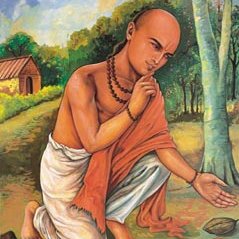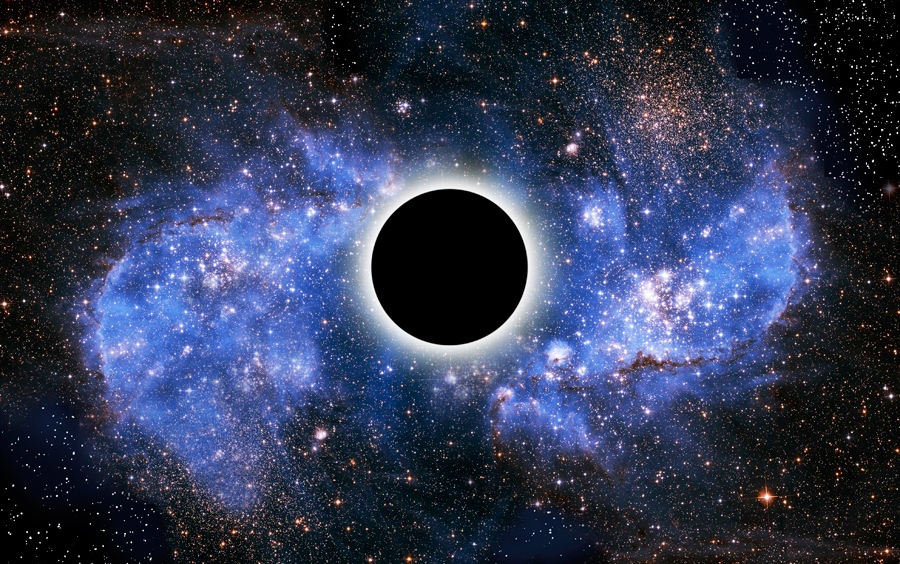The Great Indian Sages..
Bhaskaracharya (1114–1185 CE) Bhaskaracharya was the leading mathematician and Astronomer of the 12th century.
His contribution to the subject of mathematics, astronomy, and astrology is exemplary.
Bhaskaracharya (1114–1185 CE) Bhaskaracharya was the leading mathematician and Astronomer of the 12th century.
His contribution to the subject of mathematics, astronomy, and astrology is exemplary.

He was born near Vijjadavida (Bijapur in modern Karnataka).
Bhaskaracharya’s name was actually ‘Bhaskara’ only but the title ‘Acharya’ was added and conferred to mean “Bhaskara the Teacher”.
He is also known as Bhaskaracharya II.
Bhaskaracharya’s name was actually ‘Bhaskara’ only but the title ‘Acharya’ was added and conferred to mean “Bhaskara the Teacher”.
He is also known as Bhaskaracharya II.
Bhaskaracharya's observations are mainly included in his most celebrated work known as Siddhanta Shiromani which is further divided into four parts known as:
- Lilavati
- Bijaganita
- Grahaganita
- Goladhyaya.
- Lilavati
- Bijaganita
- Grahaganita
- Goladhyaya.
In his book, he wrote on his astronomical observations of planetary positions, conjunctions, eclipses, cosmography, geography, the mathematical techniques and given the references of many of the instruments used by the astronomers before him.
In his mathematical works, particularly Lilavati and Bijaganita, he not only used the decimal system but also compiled problems from Brahmagupta and others.
Bhaskaracharya was known for his treatment of negative numbers with he considered as debts or losses.
Bhaskaracharya was known for his treatment of negative numbers with he considered as debts or losses.
He for the first time brought the idea of infinity while dividing a number by zero.
Bhaskara II in twelfth century and Narayana Pandit in the fourteenth century both found general solutions to Pell's equation and other quadratic indeterminate equations.
en.wikipedia.org/wiki/Pell%27s_…
Bhaskara II in twelfth century and Narayana Pandit in the fourteenth century both found general solutions to Pell's equation and other quadratic indeterminate equations.
en.wikipedia.org/wiki/Pell%27s_…
He also talked about the gravitational force, 500 years before Isaac Newton.
In “Surya Siddhant” he makes a note: “Objects fall on earth due to a force of attraction by the Earth. Hence, the earth, planets, constellations, moon, and sun are held in orbit due to this attraction”
In “Surya Siddhant” he makes a note: “Objects fall on earth due to a force of attraction by the Earth. Hence, the earth, planets, constellations, moon, and sun are held in orbit due to this attraction”
Using an astronomical model developed by Brahmagupta in the 7th century, Bhaskara accurately calculated the time that earth took to revolve around the Sun as 365.2588 days that is a difference of 3 minutes of modern acceptance of 365.2563 days.
The question is why is this great mathematician and astronomer forgotten? Why children of today's India do not know enough about his work?
Why we Indians are deprived of the knowledge of our glorious "Roots"?
Think.
Why we Indians are deprived of the knowledge of our glorious "Roots"?
Think.
• • •
Missing some Tweet in this thread? You can try to
force a refresh










